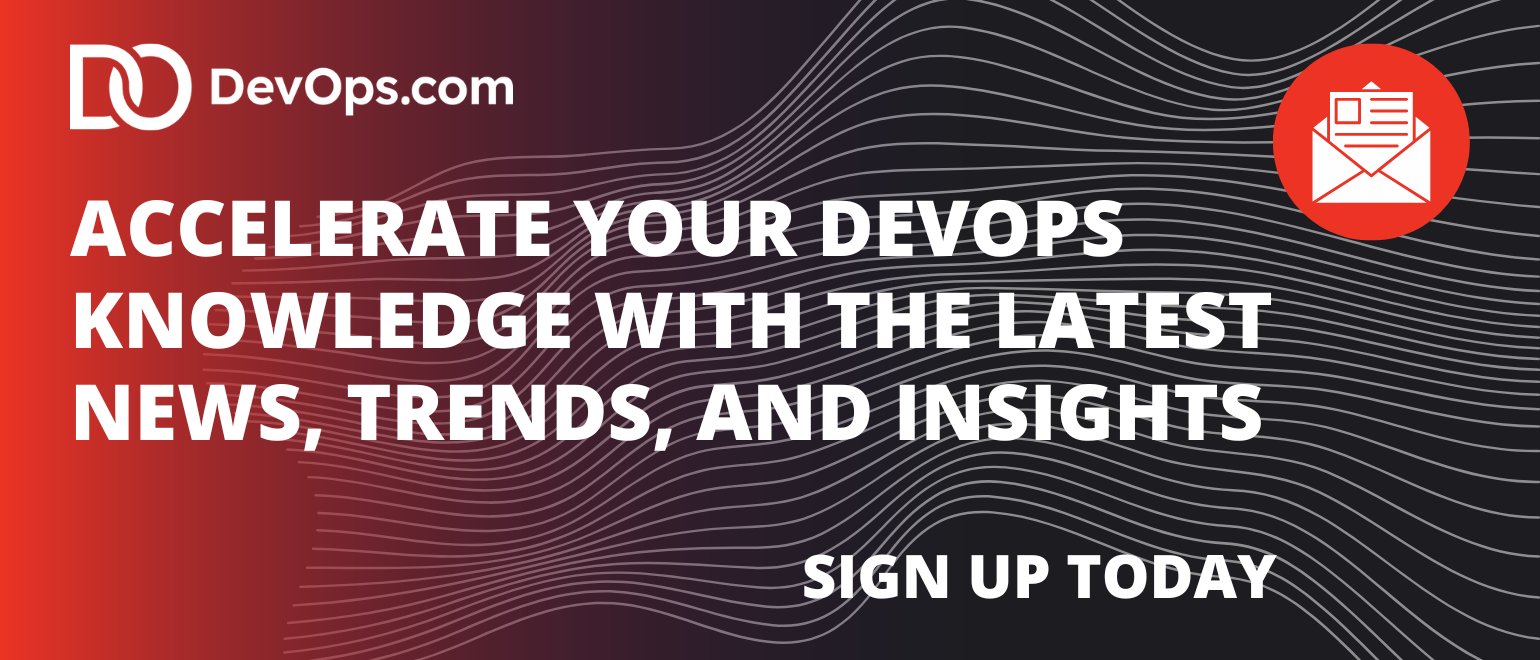The DevOps landscape has always been about speed, efficiency and streamlining development workflows. Today, we’re witnessing a paradigm shift that promises to eliminate one of the most persistent bottlenecks in modern software development: Waiting for AI-generated code.
The Flow State Problem
Every DevOps engineer and developer knows the scenario intimately. You’re deep in the zone, architecting a complex CI/CD pipeline or debugging a containerized application. Your mind is racing through solutions, and you reach for AI assistance to generate the code that matches your mental model. Then comes the wait.
Tokens trickle in at 50 per second. Your train of thought derails. By the time the AI finishes its response, you’ve mentally moved on to checking Slack or grabbing coffee. The context switch penalty is real, and it’s costing teams their most precious resource: Focused development time.
This isn’t just an inconvenience — it’s a fundamental impediment to the flow state that drives breakthrough engineering work. In DevOps, where rapid iteration and continuous deployment are core principles, these micro-delays compound into significant productivity losses.
Hardware Revolution Meets Software Evolution
The solution isn’t incremental optimization of existing systems. It’s a complete reimagining of the hardware foundation that powers AI inference. Cerebras has taken this approach with their Wafer-Scale Engine (WSE-3), creating what amounts to an entirely different category of computing architecture.
Instead of connecting multiple smaller chips, Cerebras manufactures an entire silicon wafer as a single, massive processor. The WSE-3 contains 900,000 AI cores and 44GB of on-chip SRAM. This design eliminates the memory bottlenecks that plague traditional GPU clusters, where model weights must be shuttled back and forth between memory and processors.
The practical result is transformative: 2,000 tokens per second of AI code generation. That’s 40 times faster than typical cloud AI providers. When integrated with development tools like Cline, this speed translates directly into preserved flow states and accelerated development cycles.
Open Source Models Close the Quality Gap
Speed without quality is meaningless, which makes the emergence of competitive open-source models exciting for DevOps teams. Qwen3 Coder represents a watershed moment; an open-weight model that matches or exceeds closed-source alternatives like Claude Sonnet and GPT-4 on coding benchmarks while running at breakthrough speeds on specialized hardware.
This convergence of open-source quality with proprietary inference acceleration creates unprecedented opportunities for DevOps organizations. Teams can now access frontier-quality AI assistance without vendor lock-in, while achieving performance that exceeds traditional closed-model approaches.
The implications extend beyond individual productivity. Open-source models allow organizations to customize and fine-tune AI assistants for their specific DevOps workflows, compliance requirements, and architectural patterns. Combined with instant inference speeds, this creates a foundation for truly personalized development automation.
Transforming DevOps Workflows
The impact of instant AI code generation ripples through every aspect of DevOps practice. Infrastructure-as-code development becomes conversational rather than iterative. Instead of writing Terraform configurations line by line, engineers can describe desired infrastructure states and receive complete, working configurations instantly.
CI/CD pipeline creation transforms from a templating exercise into a natural language interaction. DevOps engineers can describe deployment requirements, testing strategies, and rollback procedures, then receive fully-formed GitHub Actions workflows or Jenkins pipelines without breaking cognitive flow.
Container orchestration becomes more accessible as complex Kubernetes manifests are generated at the speed of thought. Rather than wrestling with YAML syntax and resource specifications, teams can focus on architectural decisions while AI handles implementation details.
The debugging process accelerates dramatically when log analysis and troubleshooting guidance arrive without delay. Production incidents demand rapid response, and instant AI assistance can mean the difference between brief service disruption and extended downtime.
“The leap to 2,000 tokens-per-second AI code generation, fueled by specialized hardware and the maturation of open-source models like Qwen3 Coder, is another step towards AI transforming DevOps and software engineering,” said Mitch Ashley, VP and practice lead, software lifecycle engineering at The Futurum Group. “The availability of tokens alleviates waiting for AI assistance, maintaining developers’ flow state. This helps AI move further into the mainstream of DevOps pipelines, infrastructure-as-code and software development.”
Practical Implementation for DevOps Teams
Getting started with this technology requires minimal overhead, a crucial consideration for DevOps teams already managing complex toolchains. The integration process takes under a minute: Obtain a Cerebras API key, configure the provider in your development environment, and select the appropriate model tier based on team size and usage patterns.
For individual contributors and small teams, free tiers provide substantial functionality with 64K context windows. Larger DevOps organizations can leverage professional tiers offering extended context and higher message limits, ensuring AI assistance scales with team requirements.
The provider-agnostic architecture ensures teams aren’t locked into specific vendors or models. As the AI landscape continues evolving rapidly, this flexibility protects technology investments while ensuring access to breakthrough capabilities as they emerge.
The Future of DevOps Automation
This shift toward instant AI code generation represents more than a productivity improvement; it’s a fundamental change in how we approach software operations. When AI assistance operates at the speed of human thought, it becomes a natural extension of engineering intuition rather than a separate tool requiring context switches.
The technology democratizes advanced DevOps practices by reducing the expertise barrier for complex operations. Junior engineers can leverage AI guidance to implement sophisticated monitoring, deployment, and scaling strategies that previously required senior-level knowledge.
As AI capabilities continue advancing and inference speeds increase further, we’re moving toward a future where the primary constraint on DevOps velocity isn’t technical implementation but architectural decision-making and business strategy alignment.
The revolution is here, and it’s measured in tokens per second.




